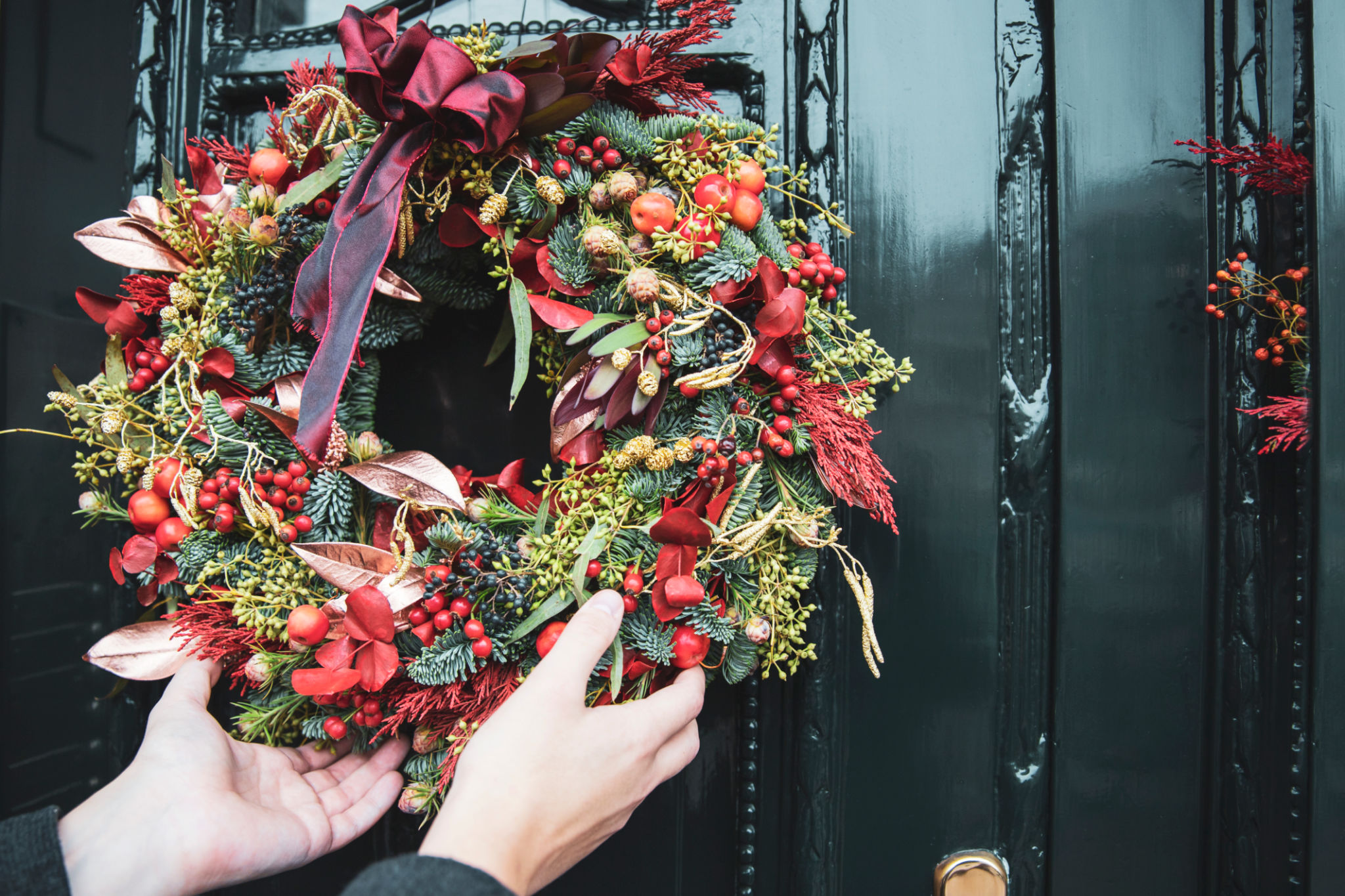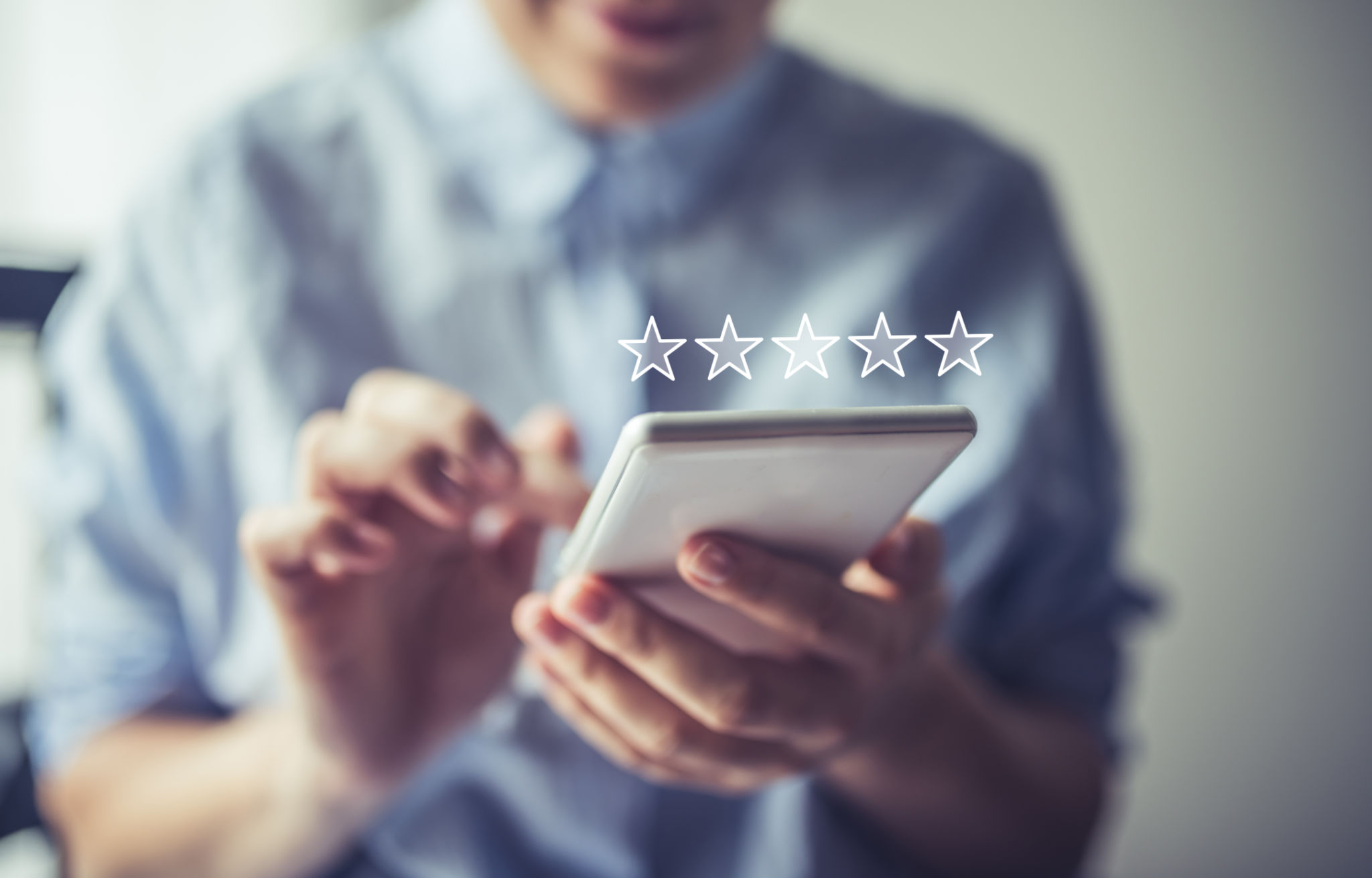Comparing Drone Photography to Traditional Photography: Which Is Right for Your Project?
Understanding the Basics
In recent years, drone photography has surged in popularity, offering unique perspectives that were once reserved for those with access to helicopters or airplanes. On the other hand, traditional photography remains a staple for capturing moments with precision and detail. Understanding the strengths and limitations of each can help you decide which is best suited for your project.
Drone photography allows photographers to capture images from angles that are otherwise impossible with standard equipment. This aerial perspective can add a dynamic and dramatic aspect to your visuals, making them stand out. Traditional photography, however, continues to excel in producing crisp, focused images that are perfect for portraits, product shots, and detailed close-ups.

Advantages of Drone Photography
One of the key advantages of drone photography is its ability to provide a bird's-eye view of landscapes, architecture, and events. This perspective can offer a more comprehensive understanding of a scene or setting. Additionally, drones can access hard-to-reach locations, such as mountain tops or over water, providing unparalleled versatility in capturing images.
Moreover, drones can cover large areas quickly, making them ideal for projects that require extensive shot coverage. Whether it's capturing a sprawling vineyard for a promotional video or documenting a construction site's progress, drones offer efficiency and effectiveness in capturing wide-scale images.

Considerations for Traditional Photography
Traditional photography remains unmatched in its ability to capture high-resolution images with exceptional detail. Cameras designed for traditional photography often have superior lenses and sensors that are perfect for close-up shots where detail is critical. This makes them an excellent choice for portrait photography, editorial shoots, and other projects where clarity is paramount.
Another advantage of traditional photography is the control it offers over lighting and composition. Photographers can manipulate lighting setups to create mood and depth that might be more challenging to achieve with drones. This is particularly important for studio shoots or when a specific aesthetic is desired.

Deciding Which Is Right for Your Project
Choosing between drone and traditional photography largely depends on the nature of your project. If you're aiming to capture expansive outdoor landscapes or provide a unique aerial viewpoint, drones are likely the better choice. For projects requiring intricate details or controlled environments, traditional photography might be more suitable.
It's also worth considering combining both styles. Many successful projects utilize drone shots to provide context and overview, while traditional photography offers detailed, intimate perspectives. This combination can create a well-rounded visual presentation that captivates audiences.

Cost and Accessibility
The cost of hiring a drone photographer can vary significantly based on factors like location, project scope, and equipment used. While the initial investment may be higher than traditional photography due to the technology involved, the unique perspectives offered can justify the expense. Conversely, traditional photography often has a broader range of pricing options and more readily available professionals.
Accessibility is another consideration. While drones offer exciting opportunities, they may be restricted in certain areas due to regulations or weather conditions. Traditional cameras face fewer restrictions and can operate in virtually any setting.
In conclusion, both drone and traditional photography have distinct advantages that cater to different needs. By understanding the requirements of your project and evaluating the strengths of each method, you can make an informed decision that enhances your visual storytelling.